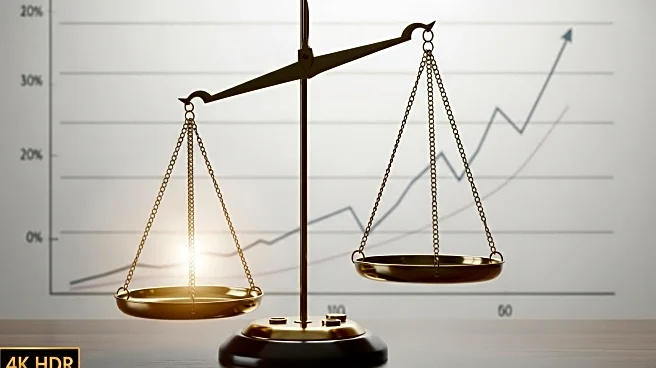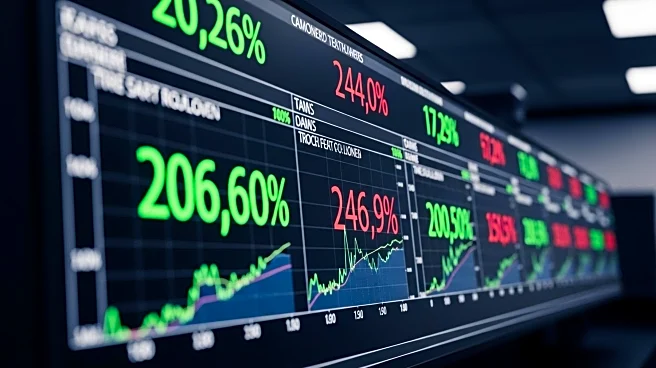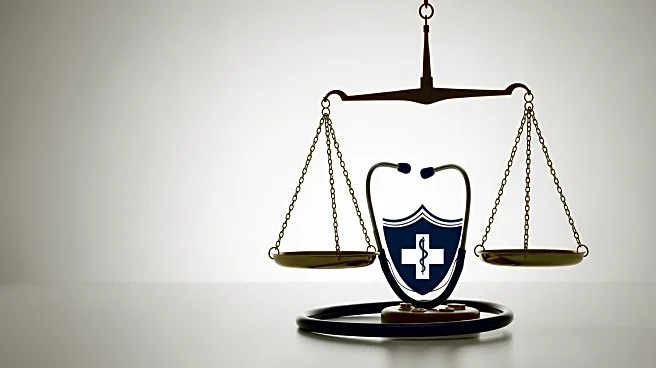What's Happening?
U.S. commercial insurance rates have increased by 3.8% in the second quarter of 2025, as reported by the WTW Commercial Lines Insurance Pricing Survey (CLIPS). This marks a moderation from previous quarters where rates had been rising at approximately 6%. The survey, which included 42 insurers representing about 20% of the U.S. commercial insurance market, highlighted that while some lines continued to see price increases, others remained stable or slightly declined. Notably, commercial property prices decreased during this period. The largest price increases were observed in excess/umbrella liability and commercial auto insurance. The survey compared prices charged on policies written during the second quarter of 2025 with those from the same period in 2024.
Why It's Important?
The moderation in commercial insurance rate increases is significant for businesses across the U.S., as it suggests a potential easing of cost pressures that have been prevalent in recent quarters. This trend could benefit companies by reducing their operational expenses related to insurance, thereby potentially improving their financial stability and competitiveness. However, the continued rise in specific areas like excess/umbrella liability and commercial auto insurance indicates that certain sectors may still face challenges. The data provides insights into the insurance market dynamics, helping businesses and policymakers understand the shifting landscape and make informed decisions regarding risk management and financial planning.
What's Next?
As the insurance market continues to evolve, stakeholders will likely monitor these trends closely to anticipate future changes. Businesses may need to adjust their insurance strategies to align with the moderated rate increases, potentially exploring alternative coverage options or negotiating terms with insurers. Insurers might also reassess their pricing models and risk assessments to adapt to the changing market conditions. Additionally, regulatory bodies could consider these trends when evaluating industry standards and policies to ensure a balanced approach that supports both insurers and policyholders.
Beyond the Headlines
The moderation in insurance rate increases may reflect broader economic conditions, such as stabilization in certain sectors or improved risk management practices. This could lead to long-term shifts in how businesses approach insurance, emphasizing more strategic and tailored coverage solutions. Furthermore, the data may influence insurers to innovate their offerings, focusing on areas with stable or declining rates to attract new customers and retain existing ones.














